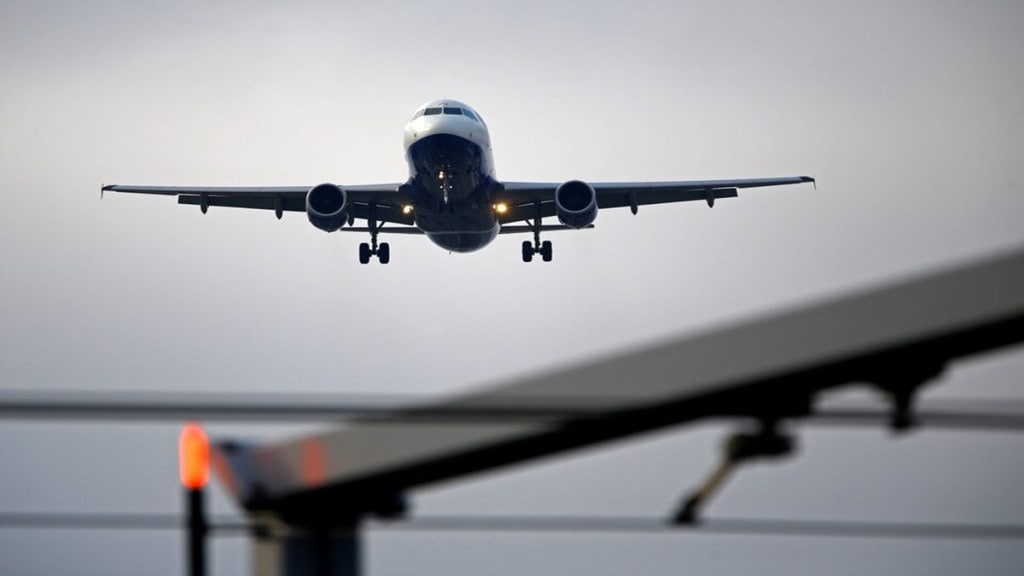By Raghav Aggarwal
To finance new aircraft and boost its airport capacity, the Indian aviation sector will require over $170 billion by 2030, S&P Global Ratings said on Tuesday.
In a report titled India Aviation: Funding Needs Will Soar, the credit ratings agency noted that Indian carriers would need Rs 12 lakh crore ($150 billion) to finance outstanding orders for 1,700 aircraft from Boeing and Airbus. This investment would triple the fleet size of the country’s five largest carriers.
“Air India Ltd and InterGlobe Aviation Ltd (Indigo) together account for more than 80% of the orders,” it said.
Additionally, Rs 2 lakh crore ($24 billion) will be needed to build new airports and expand existing ones. Centre has set a target of having 220 airports by 2030 and 300 by 2047. As of July this year, there are 145 airports in the country.
S&P Global Ratings emphasised that India’s travel growth potential is driven largely by its rising middle class.
“India has a bigger population than China but less than one-third of its air traffic capacity. Domestic passenger traffic may surge to 300 million annual passengers by 2030, up from 153 million in 2023, while international travelers could increase to 160 million annually, from 65 million over the same period,” the report said.
To meet the rising demand, airlines and airports are expected to rely heavily on debt financing. “Much of that spending will be debt-financed,” said S&P Global Ratings credit analyst Isabel Goh. However, improving revenues and “relatively attractive onshore rates and multiple financing options” are likely to support these investments.
“And in our view, the timing is right to support higher borrowing,” the report added.
“Rising passenger air traffic, relatively cheaper domestic financing rates, and conducive government policies on foreign ownership should boost funding prospects for the sector,” said S&P Global Ratings credit analyst Cheng Jia Ong.
Despite these growth prospects, the agency also pointed out risks that need to be monitored in the sector.
“While some airlines have sufficient liquidity or financial support from strong parent companies, several smaller carriers are still struggling financially, even with some improvements relative to the lockdown years,” it said.
“Airports, on the other hand, continue to face untimely tariff resets that could create higher cash flow volatility,” it added.
According to the agency, “regulatory, financial, and execution risks” remain key watchpoints for the sector.


